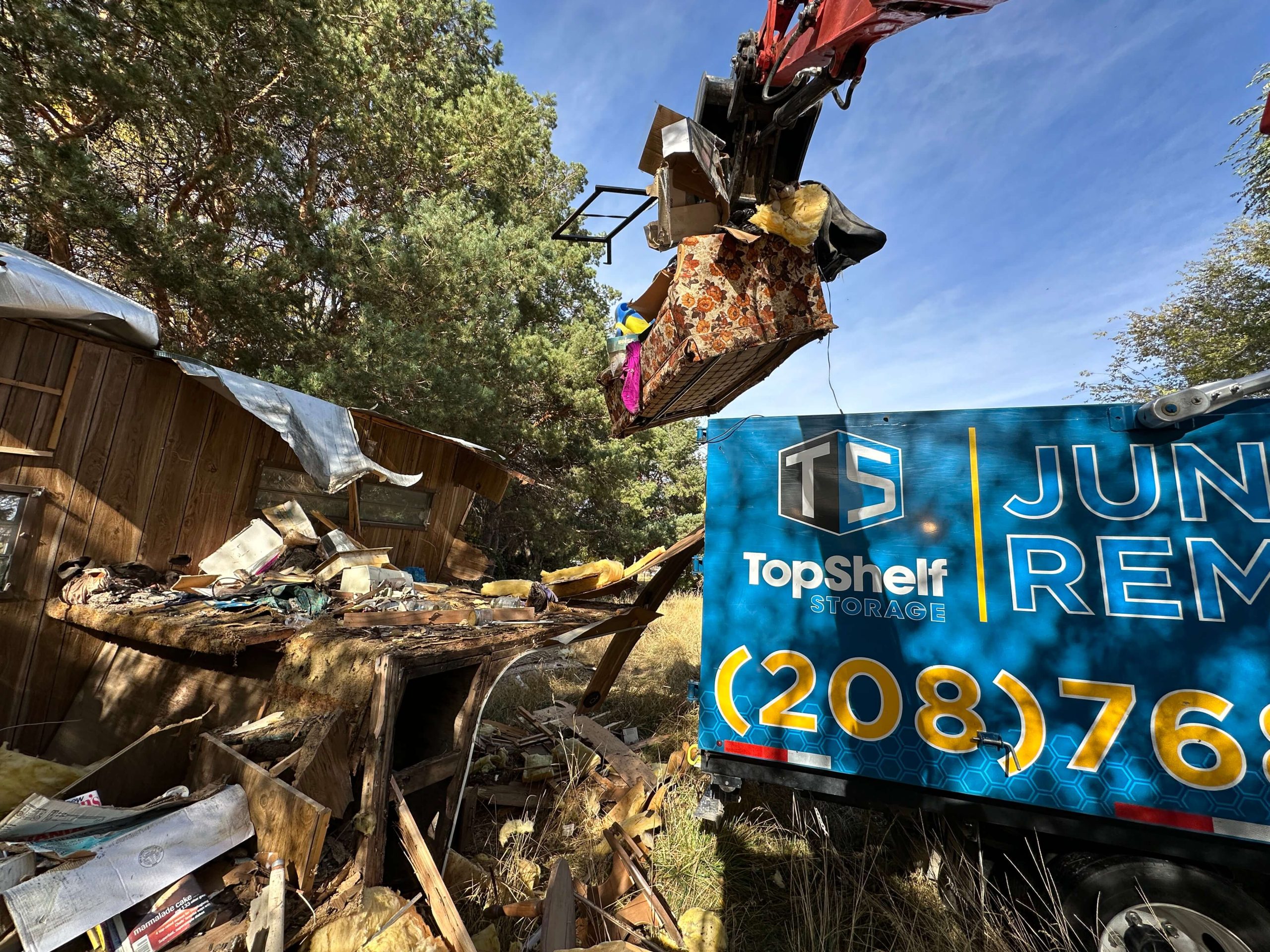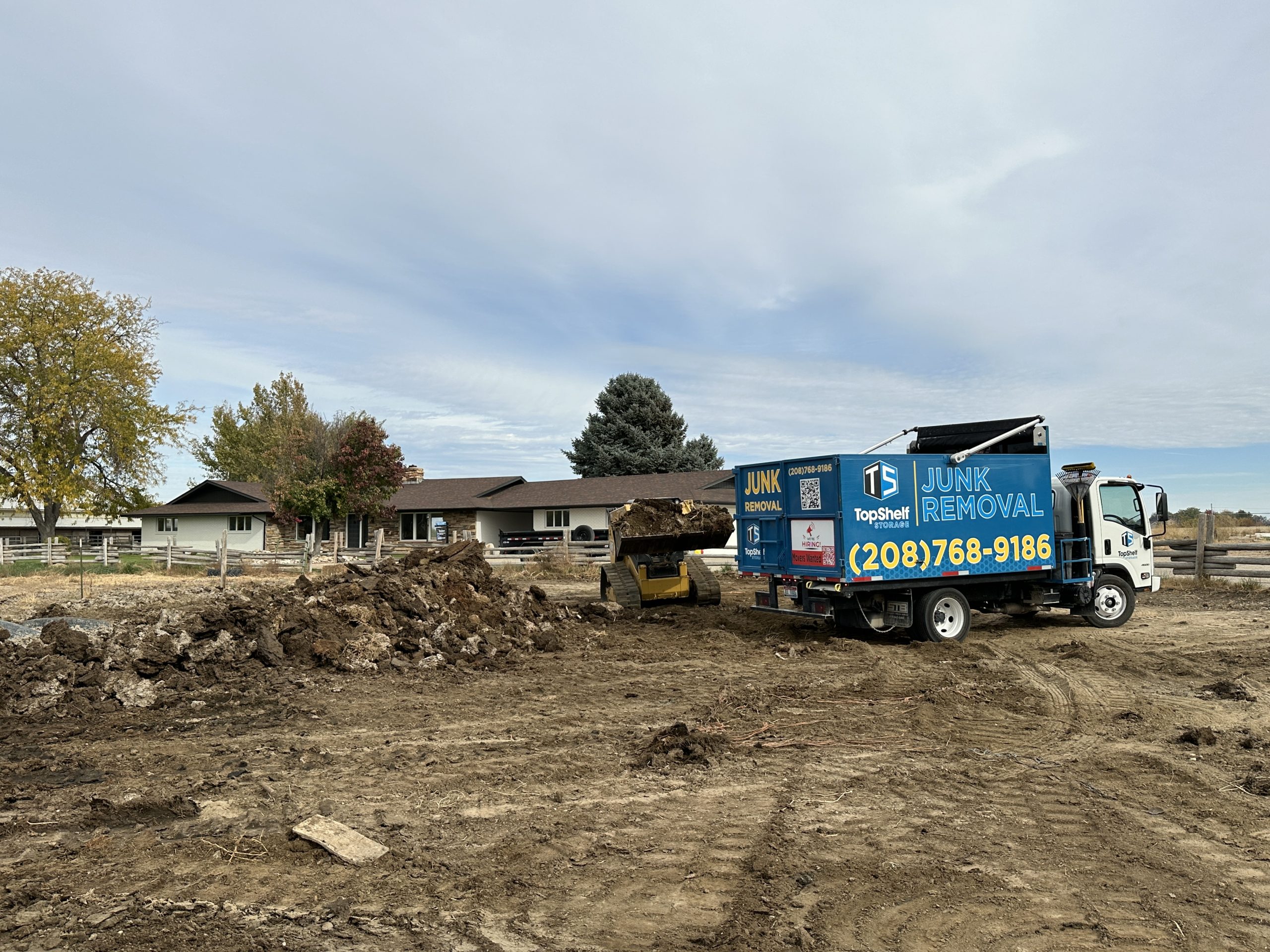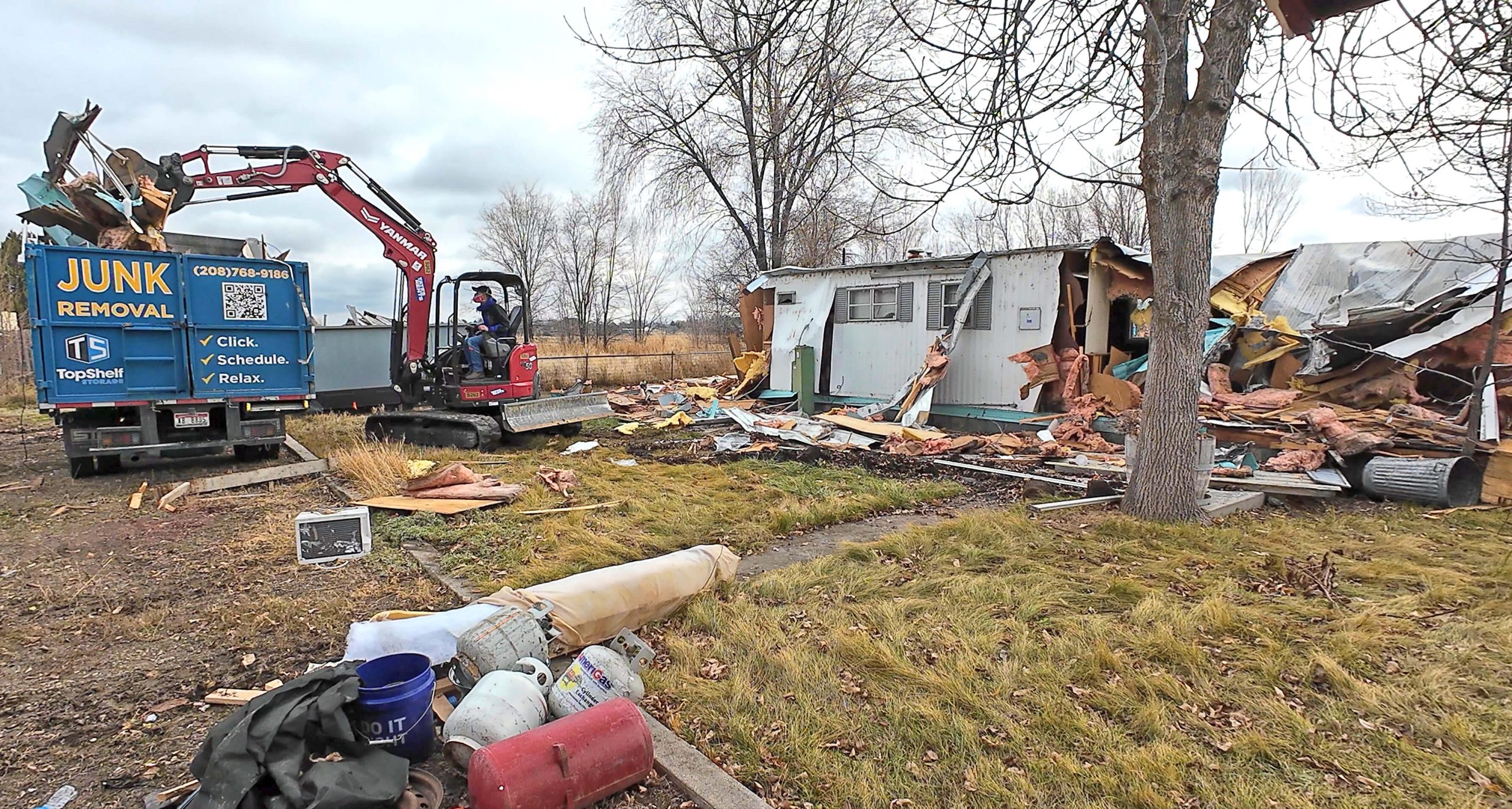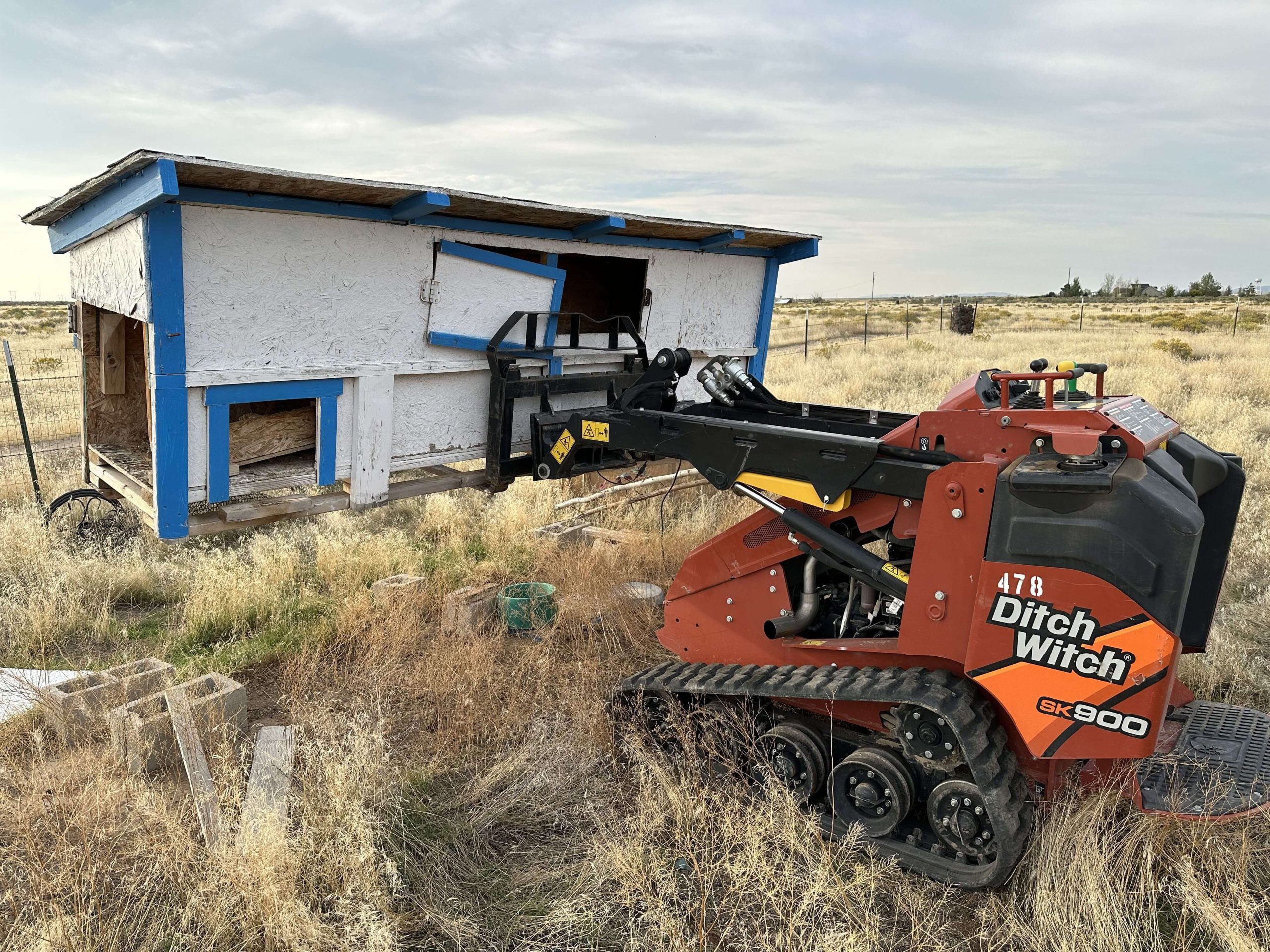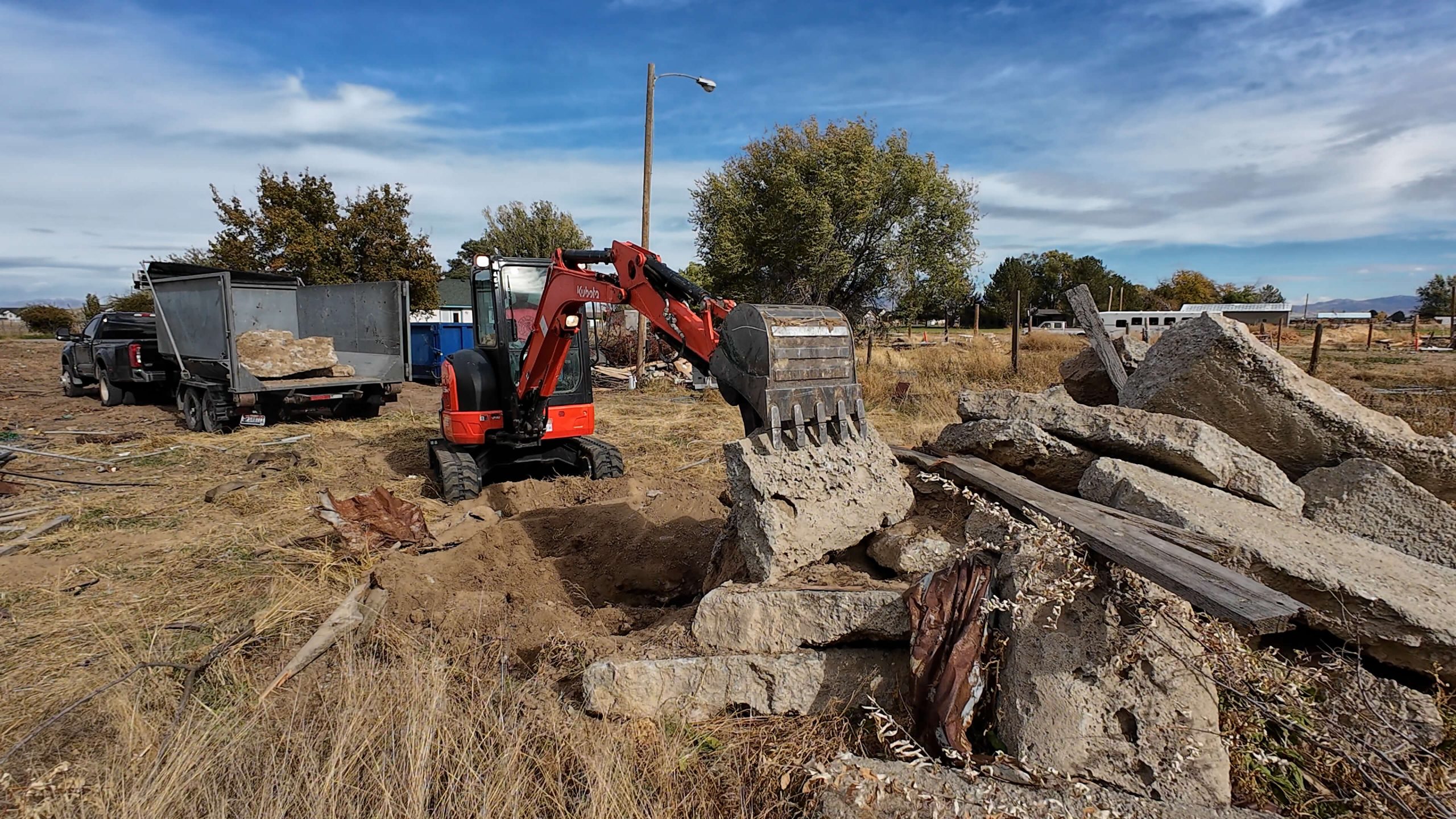Let’s talk about your fence. You know, that crooked line of wooden shame barely standing in your backyard like a row of hungover groomsmen. The one the neighborhood kids keep using as a shortcut. The one your dog Houdini’d his way under for the third time this week. Yeah—that one.
At some point, a fence stops serving its purpose. It stops offering privacy. It stops keeping things in (or out). And then it just becomes another problem you pretend not to see every time you mow around it.
So, here’s the deal: if your fence has become more liability than boundary, then it’s time. Time for fence demolition. Time for fence removal. Time to finally hit that metaphorical “reset” and stop pretending you’re going to fix that one board that’s been missing since Obama was in office.
Signs Your Fence Needs to Be Removed
Not sure if it’s time to put your fence out of its misery? Here’s your unofficial checklist:
- Leaning Posts: If your fence is tilting like it’s trying to whisper a secret to your neighbor’s tulips, it’s done.
- Rot and Rust: Wood rots. Metal rusts. Time wins. If whole sections crumble at a poke or flake like pastry crust, call it.
- Missing Panels: Once you’re down more than a board or two, you’re just pretending to have a fence. Stop it.
- Loose Footings: Wobbly posts aren’t “flexible.” They’re a lawsuit waiting to happen.
- Repeated Repairs: If you’ve patched the same section more than twice, it’s a hostage situation.
Sure, you could keep Frankensteining it together with new screws and hope no one notices. Or you could type “fence demolition” into your phone and finally get some peace.
Tools and Techniques Used in Fence Demolition
Here’s where you learn that taking down a fence isn’t quite the same as angrily kicking down a sandcastle—although that does sound fun.
Manual Demolition Tools:
- Reciprocating saws to cut rails and boards (basically an angry electric bread knife).
- Pry bars for tearing apart panels like you’re mad at them.
- Shovels and post pullers for digging out footings or roots that won’t let go.
Mechanical Assistance:
For deeper-set posts or concrete footings (we’ll get to those sadistic contraptions in a minute), your local demolition company might break out:
- Jackhammers (because subtlety is overrated).
- Mini excavators for larger sections or tight-packed soil.
- Post pullers or hydraulic jacks.
Good fence demolition services will show up with the right tools, not a rusty wrench and blind optimism.
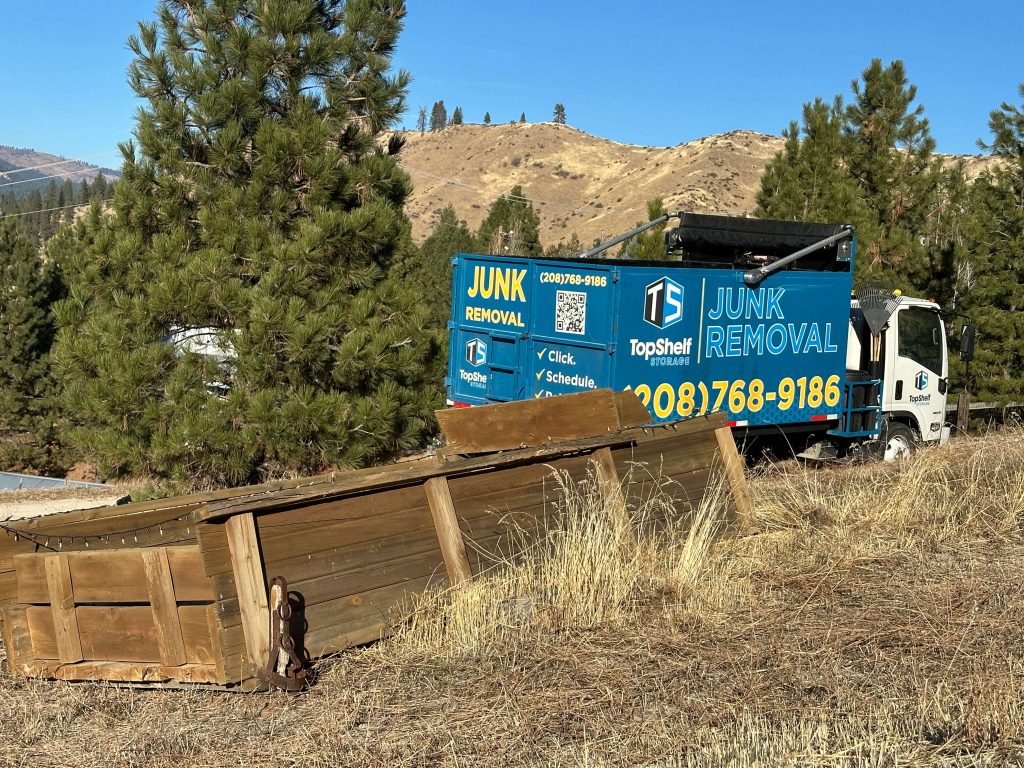
How Much Does Fence Demolition Cost?
Let’s rip the Band-Aid off.
Fence demolition cost can vary depending on what type of fence you have, how long it is, and whether or not you’ve buried those posts like a pharaoh’s tomb. Here’s the breakdown:
| Fence Type | Estimated Cost per Linear Foot |
|---|---|
| Wood | $5–$15 |
| Chain-Link | $8–$20 |
| Vinyl | $10–$25 |
| With Concrete Footings | Add $20–$50 per post |
So, a standard 100-foot wooden fence might run you $500–$1,500. Add in those concrete footings or haul-away fees, and now you’re flirting with $2,000.
Cost also depends on accessibility. If a crew has to trek through a hedge maze just to reach your backyard, that’s going to show up in the quote.
Want a real number? Call a few companies that do demolition services and ask for quotes. Don’t just pick the cheapest one. Pick the one that doesn’t give off serial killer energy and actually hauls away the debris.
Removing Fences with Concrete Posts or Deep Footings
Here’s where things stop being fun.
Concrete footings are the fence world’s equivalent of clingy exes. They don’t go quietly.
How it usually plays out:
- You dig around the post base.
- You realize it’s about as deep as your emotional trauma.
- You try to wiggle it. Nothing happens.
- You break out the sledgehammer. Still nothing.
- You Google “concrete demolition near me” before losing your mind.
Posts set in concrete can require heavy tools, serious leverage, or full-on excavation. Sometimes contractors will break the footing off below ground and leave it if you’re not planning to replace the fence right away.
If you’re hiring someone for fence removal, ask if they include concrete demolition and removal. Don’t assume—it’s the part most people forget, right before they call their chiropractor.
What to Know Before Replacing an Old Fence
Tearing it down is only half the battle. If you’re planning a new fence install, you’ve got to get a few ducks in a row first.
1. Check Property Lines
Get it surveyed. Or at least check the plat map. Don’t trust the old fence line—it might be as legit as your neighbor’s toupee.
2. Call Before You Dig
Utility lines exist, and they do not care about your weekend plans. One bad shovel thrust and now you’re paying to fix a cable line and your ego.
3. Clear the Area
Brush, overgrowth, random lawn gnomes—get rid of it all. Make space for your future fence dreams.
4. Know Your Purpose
Is it for privacy? Containment? Aesthetics? Your replacement decision should reflect your goals, not just whatever was on sale at Home Depot.
5. Choose the Right Crew
Whether you’re rebuilding yourself or calling in pros, don’t just hire the cheapest demolition company. Hire the one with legit fence demolition experience and clear terms.
One Last Nail
Fence demolition is one of those projects you keep pushing off because it’s “not that bad yet.” But here’s the truth: the longer you leave it, the worse it gets. Posts rot deeper. Panels warp further. Costs rise. Neighbors get more passive-aggressive.
Whether you DIY or call in the pros, tearing out a bad fence is like cleaning out your garage—it sucks at first, but it feels so damn good after.
So search for “fence demolition near me.” Get some quotes. Schedule the removal. And when it’s all done? Stand in your yard, breathe in that open space, and enjoy the quiet satisfaction of starting fresh. No more creaking boards. No more patch jobs. Just a clean slate—and maybe a cold drink.


